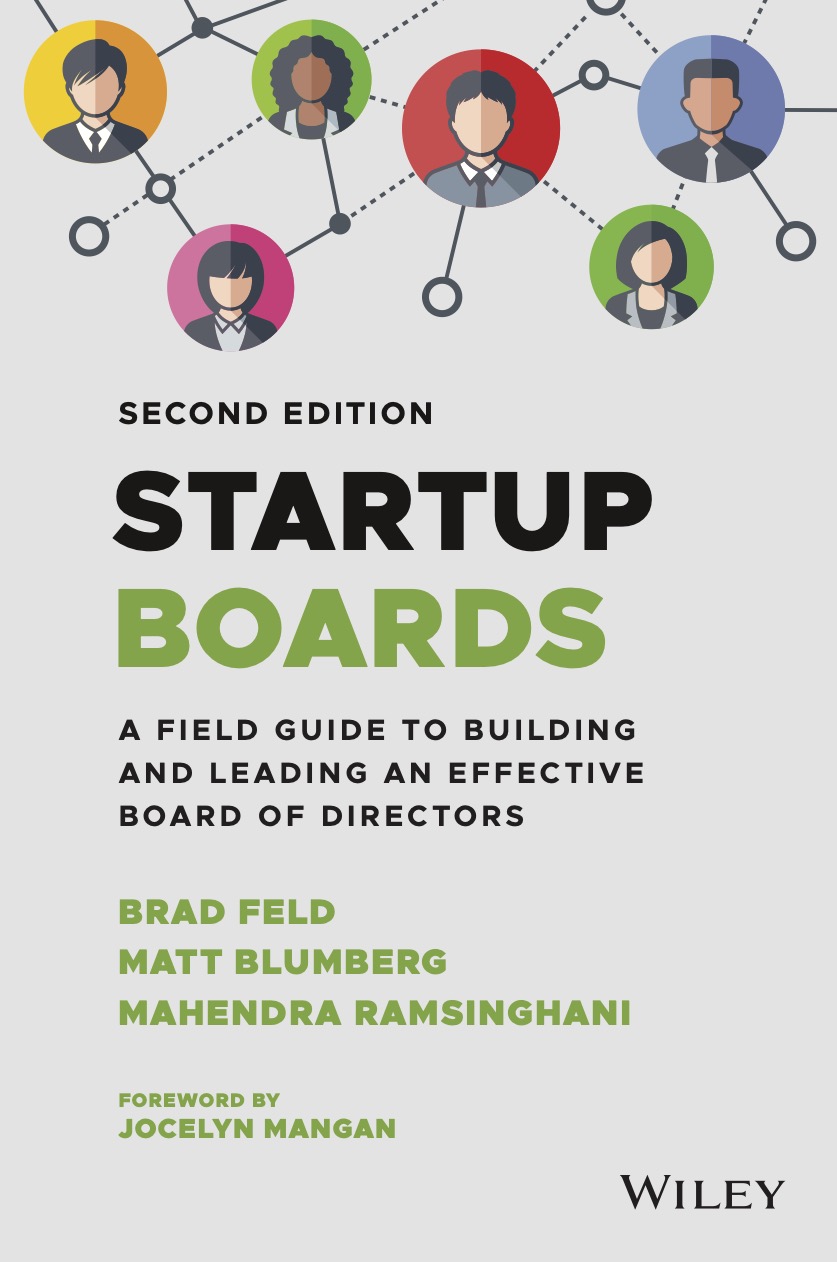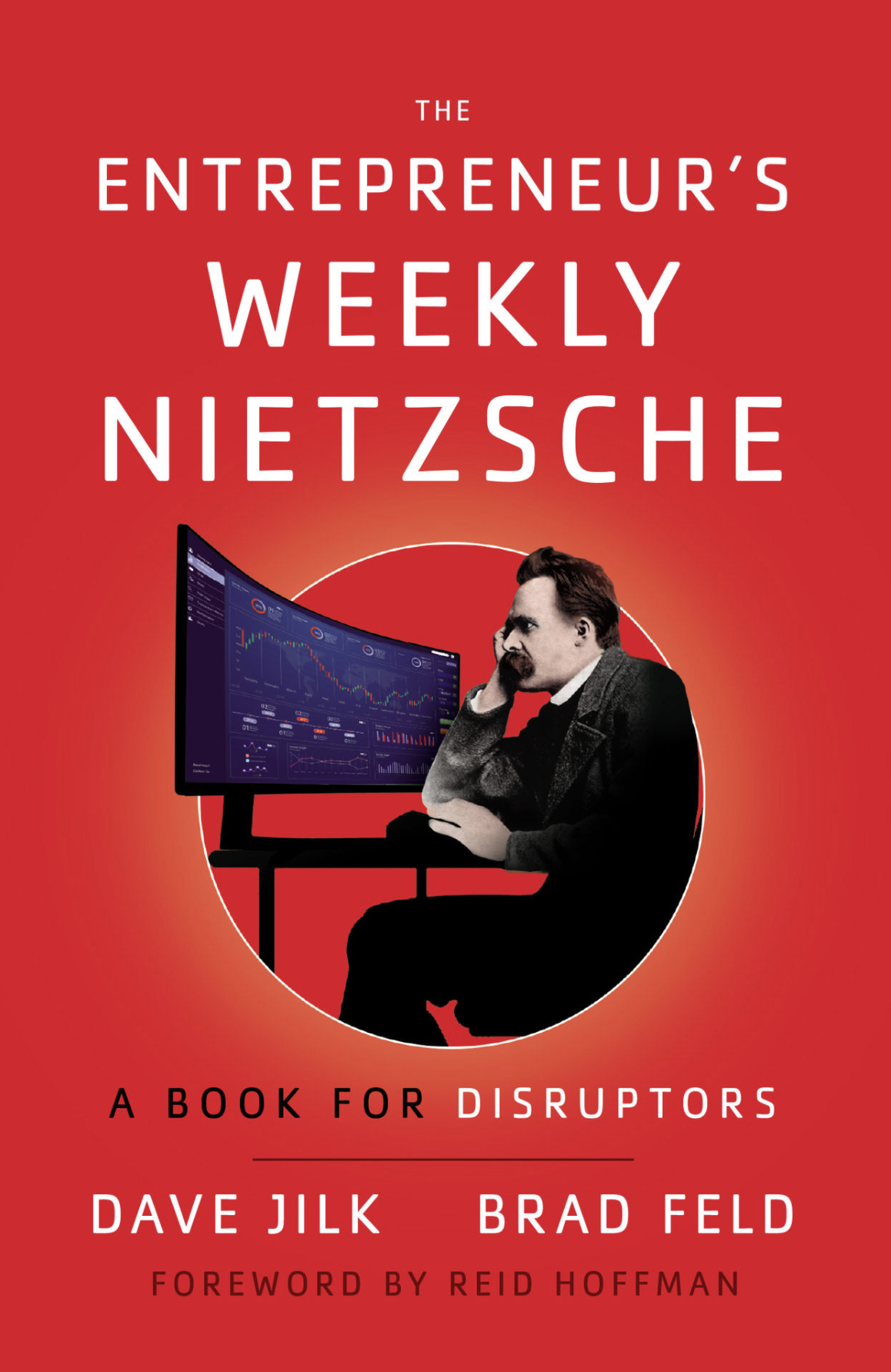Part II: The Consequences Of Rudderless Leadership (The Tao of the Cheshire Cat)
Guest Post By Andrew Sherman – Jones Day– (Partner)
 My latest book, Essays on Governance, was inspired by the events of the past ten years which has placed the discipline of corporate governance under a strategic as well as a regulatory microscope and has shareholders and the markets challenging boards to be accountable and carefully follow best practices which drive informed and objective decision-making. We have lived through several periods over the last decade when it appeared to many that our financial markets have been on the brink of complete collapse. And while calm and patient heads prevailed and we have experienced remarkable resiliency, it has not been without significant government intervention in the form of bailout packages and QE1, QE2, and QE3 and extensive legislature reform at the SEC, NYSE, FINRA, NASAA and PCAOB levels. Dodd-Frank legislation brought us not only greater oversight over the financial services industries, but also greater incentives for “whistle-blowers” to come for to report governance or leadership breakdowns and mandated that public-traded companies include an advisory resolution on their ballots to approve executive compensation, opening up a new and much more transparent “say-on-pay” paradigm in the participation of both
My latest book, Essays on Governance, was inspired by the events of the past ten years which has placed the discipline of corporate governance under a strategic as well as a regulatory microscope and has shareholders and the markets challenging boards to be accountable and carefully follow best practices which drive informed and objective decision-making. We have lived through several periods over the last decade when it appeared to many that our financial markets have been on the brink of complete collapse. And while calm and patient heads prevailed and we have experienced remarkable resiliency, it has not been without significant government intervention in the form of bailout packages and QE1, QE2, and QE3 and extensive legislature reform at the SEC, NYSE, FINRA, NASAA and PCAOB levels. Dodd-Frank legislation brought us not only greater oversight over the financial services industries, but also greater incentives for “whistle-blowers” to come for to report governance or leadership breakdowns and mandated that public-traded companies include an advisory resolution on their ballots to approve executive compensation, opening up a new and much more transparent “say-on-pay” paradigm in the participation of both  ordinary shareholders and their activist compatriots and proxy advisory firms.
ordinary shareholders and their activist compatriots and proxy advisory firms.
As entrepreneurs and leaders of emerging growth companies, we must pledge to our board and to our shareholders that leadership is about protecting the interests of others ahead of your own. We must lead by example. Leadership is about absolute dedication to the legacy of an institution or organization which is more important than the legacy or reputation of any one of its individual mentors. Leadership is about liberating yourself from conflicts of interests or hidden agendas. Leadership is about accepting responsibility for the consequences of your decisions, your actions and your inactions. Leadership is about setting aside your own personal beliefs in favor of the mission and values of the organization, though it helps if the two are aligned. Leadership requires those placed in a position to govern others to walk and talk the traits of integrity, modesty and self-efficacy, transparency, flexibility, emotional intelligence, empathy, confidence and decisiveness, accountability and patience balanced with a sense of urgency. Leaders must provide a sense of calm in times of crisis and inspire and motivate teams to accomplish organizational objectives. Leaders must be clear and concise communicators. As Colin Powell once said “Great leaders are almost always great simplifiers, who can cut through argument, debate, doubt (whining, rhetoric and turfmanship) to offer a solution everyone can understand.”
Whether you as the leader of your own company warmly embrace or actively resist principles of good governance, you may soon have no choice. Too many trends are converging to force directors and leaders to be accountable to the stakeholders that they govern. The transparence and interconnectivity of the social media, the rapid increase of shareholder activism groups and lawsuits, the new whistleblowing rules under Dodd-Frank, the significant expansion of the staffs and budgets of federal and state regulatory and enforcement agencies, the era of compliance in an attempt to combat fraud and distrust, are all driving forces which will ultimately create life under the near-perfect microscope and governance in the nearly-clear fishbowl. The passage of new laws, the significant upticks in shareholder activism and the robust activity by government regulators have ushered in the need for a new era of transparency and effective governance.
Board composition must include the right mix of skills, industry experience, market knowledge, diversity and battle scars. The board  must be thick-skinned enough to withstand criticism and scrutiny, but its processes, deliberations and decision-making must be transparent enough to be subject to periodic evaluation and healthy debate. The key element of this delicate balance is alignment. Board skills must be aligned with strategic plans, board composition must be aligned with market demographics and consumer patterns, board interests must be aligned with stakeholder value and board commitments must be aligned with the fulfillment of fiduciary duties. Shared vision, shared values, shared goals and shared rewards are the best ways to close the gap between those who lead and those who are lead.
must be thick-skinned enough to withstand criticism and scrutiny, but its processes, deliberations and decision-making must be transparent enough to be subject to periodic evaluation and healthy debate. The key element of this delicate balance is alignment. Board skills must be aligned with strategic plans, board composition must be aligned with market demographics and consumer patterns, board interests must be aligned with stakeholder value and board commitments must be aligned with the fulfillment of fiduciary duties. Shared vision, shared values, shared goals and shared rewards are the best ways to close the gap between those who lead and those who are lead.
Risk assessment, management and mitigation has been elevated to one of governance’s top priorities for both emerging growth and more established companies. Risks come in a wide variety of shapes and sizes and the sources vary from Mother Nature to shareholder activists to computer hackers to disgruntled employees to volatile markets to fierce competitors to hyper-active regulators to rogue financial traders to social media rabble-rousers to political turmoil and sovereign debt crisis, to nuclear accidents to civil discord to just plain old-fashioned negligence, pour judgment and human error. Unforeseen risk is all around us and the board must be at the forefront of predicting risk, measuring risk, preventing risk and mitigating the consequences of risk. Unexpected surprises and getting blindsided are no longer acceptable explanations or excuses when significant shareholder value is at stake.
Boards must proactively anticipate risks in many disciplines, not passively react to them when problems arise, or even worse, hide under the mahogany table when challenges surface. Contingency planning (having an evacuation plan, a fire drill map, the ability to pivot, a “Plan B” ready to go, etc.) is all part of strong and effective governance. Board members need to seek out the advice of outside legal and accounting professionals to craft these plans, as well as from certified risk managers, such as the 21,000 financial and operational risk professionals who are members of the Global Association of Risk Professionals (GARP), based in Jersey City, New Jersey, (www.garp.com). The bottom line is that if today’s board member is going to be held accountable (and potentially personally liable) when and if the proverbial “poop” hits the fan, then you better be trained to be pretty handy with a shovel.
 As we all know, great companies come and go – the board and executives primary role is to keep them great and well-managed for a sustainable long-term future. IBM celebrated its 100th year of existence on the shoulders of great leaders and the vision and ability to transform and evolve its mission and business model. The only market condition which remains certain is change itself. Board members must keep their eyes on the road and their ears close to the ground to anticipate change and re-direct the ship accordingly. The root of the word “director” is in the terms “direct” and “direction” and it must be the board at the helm of corporate strategic navigation.
As we all know, great companies come and go – the board and executives primary role is to keep them great and well-managed for a sustainable long-term future. IBM celebrated its 100th year of existence on the shoulders of great leaders and the vision and ability to transform and evolve its mission and business model. The only market condition which remains certain is change itself. Board members must keep their eyes on the road and their ears close to the ground to anticipate change and re-direct the ship accordingly. The root of the word “director” is in the terms “direct” and “direction” and it must be the board at the helm of corporate strategic navigation.
To navigate properly, like the Cheshire Cat, first ask “In what direction do we want to go and why? Then ask, “how ready are we to truly begin and complete this journey?” Applying principles of intellectual honesty and integrity in identifying challenges in organizational capacity and readiness. Then ask, “what concrete steps need to be taken and what responses will we need to complete the journey? An empty canteen is as about as valuable as forgetting to pack it altogether. Then ask, “how do we keep momentum going during the journey itself?” Many companies stall, pull into a rest stop and never get back on the highway or simply forget to follow a roadmap as their mission derails and their companies unravel. Forward progress is critical. Finally, inasmuch as life is a journey, not a destination, ask “how can we as a board set new goals, new metrics and target new destinations so that our company continues to evolve, grow and drive shareholder value?” As leaders, if you can be committed to asking these five questions on a perpetual basis, the road to strong governance will be well-paved.
 Andrew Sherman focuses his practice on issues affecting business growth for companies at all stages, including developing strategies to leverage intellectual property and technology assets, as well as international corporate transactional and franchising matters.
Andrew Sherman focuses his practice on issues affecting business growth for companies at all stages, including developing strategies to leverage intellectual property and technology assets, as well as international corporate transactional and franchising matters.
He has served as a legal and strategic advisor to dozens of Fortune500 companies and hundreds of emerging growth companies. He has represented U.S. and international clients from early stage, rapidly growing start-ups, to closely held franchisors and middle market companies, to multibillion dollar international conglomerates. He also counsels on issues such as franchising, licensing, joint ventures, strategic alliances, capital formation, distribution channels, technology development, and mergers and acquisitions.
Andrew has written 17 books on the legal and strategic aspects of business growth, franchising, capital formation, and the leveraging of intellectual property. He also has published many articles on similar topics and is a frequent keynote speaker at business conferences, seminars, and webinars. He has appeared as a guest commentator on CNN, NPR, and CBS News Radio, among others, and has been interviewed on legal topics by The Wall Street Journal,USA Today, Forbes, U.S. News & World Report, and other publications.
Andrew serves as an adjunct professor in the M.B.A. programs at the University of Maryland and Georgetown University and is a multiple recipient of the University of Maryland at College Park’s Krowe Excellence in Teaching Award.









